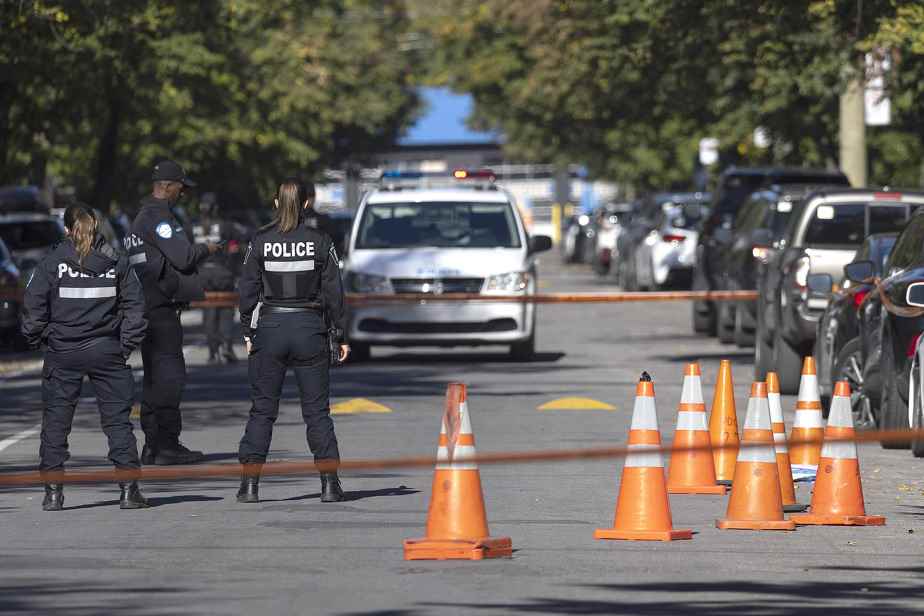Posted yesterday at 3:00 p.m.
The recent tragic homicides of Montreal teenagers continue to shake the metropolis. Jayson Colin is one of the many victims who have fallen under the bullets in recent months in Montreal. His mother and stepfather, both youth workers in Montreal North for several years, suggest that to prevent violence, the City of Montreal should develop an urban security plan that brings together key players and directs the investments in proven measures. They are right.
The SPVM’s annual report for 2021 reports 25,129 violent crimes in Montreal, 17.3% more than the average for the past five years. The SPVM also counted 36 homicides in 2021, compared to 25 in 2020. Events involving firearms also doubled from 2020 to 2021.
The solutions proposed to combat violence in Canada often boil down to increasing the number of police officers and the severity of prison sentences. Yet a simple comparison between two cities of the same size shows that more police and more people in jail are not enough. Chicago has twice as many police officers as Toronto and is located in Illinois, a state with five times more incarcerated people than Ontario, but ten times more homicides.
If punitive measures were effective, American cities would be the safest in the world. This is however far from being the case.
Over the past 50 years, research, randomized controlled trials, and national commissions have determined what works to stop violent crime before it happens. Prevention, which involves addressing the risk factors for violence, can achieve a 50% reduction in violent crime rates within a few years in the most cost-effective way.
The example of Glasgow
There are several preventive approaches that have shown excellent results. These can take the form of outreach initiatives to young men, escorting victims to hospital emergency rooms, mentoring and support for families, initiatives that increase job skills and access to youth employment, as well as school programs that address attitudes and beliefs about violence. Upstream prevention can also include actions based on the epidemiological analysis of victims of violence who receive emergency medical care. Mobilizing similar strategies has enabled the city of Glasgow in Scotland to reduce violence by more than 50% and thus become an example of good practice to emulate.
To significantly reduce violence in a short time, Montreal must implement innovative approaches to develop an integrated plan.
While current violence prevention efforts are largely police-led, the City of Montreal could instead focus on creating municipal expertise and vision that addresses violence as a whole and advocates prevention.
To do this, the essential elements include a permanent unit for the prevention of violence which has a strong knowledge of proven solutions, a diagnosis of local problems in terms of security and an active participation of the public.
To ensure the success of such an approach, an investment of $50 million per year, or the equivalent of barely 7% of the SPVM’s budget, would be necessary to support the implementation of prevention programs. effective, collecting data to measure results, and providing training to professionals involved in prevention efforts. Investing in such an approach would not only save significant sums of money generated by harm to victims as well as the costs of reactive measures, it would also save lives, avoid significant trauma and prevent police blunders. . Above all, it would prevent other parents from being forced to bury their children after a shooting. It’s very inexpensive to pay.
